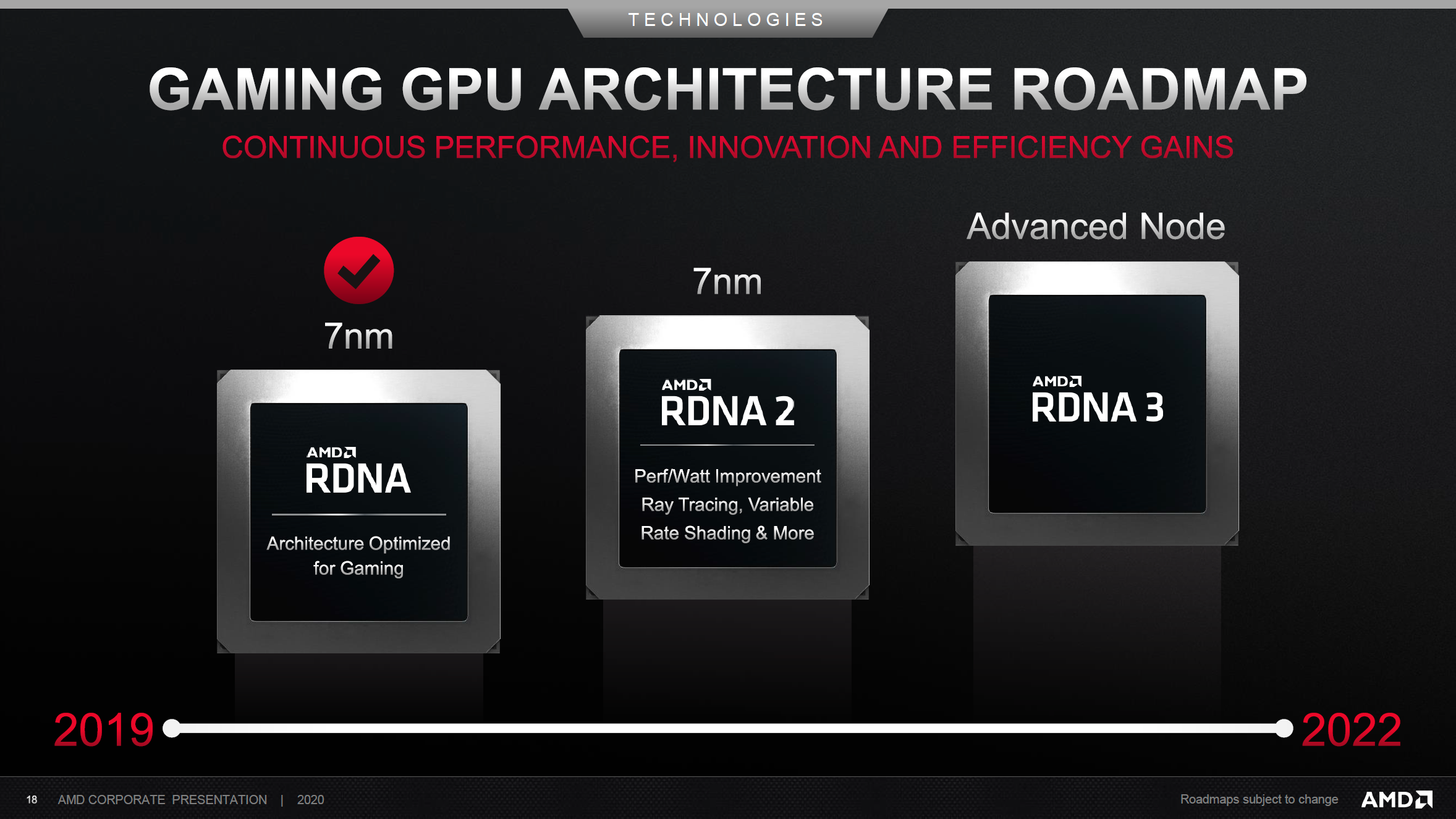We know that Navi 31 will be built on chipsets. There are various reports on what this solution will look like in concrete terms (something is also indicated by patents, which, however, in a purely theoretical way, may cover up to the next generation), but chiplets as such are certain. According to one RedGamingTech source, the configuration of the chipsets may be somewhat different “than what they’re talking about,” but this information is useless to us because we don’t know what configuration this resource read about and what it considers “the” .
It seems certain that regardless of the number and layout of the individual chipsets, the total number of stream processors will be in Navi 31 correspond to the value of 10240, which means 160 CU, ie twice the current Navi 21on which he builds cards like Radeon RX 6900 XT and Radeon RX 6800 XT.
According to Gamer Austral, the sample in this full configuration should reach 2350 MHz at a TDP of 330 watts. The performance is not limited by this frequency, the GPU does not have a problem with beats above 2350 MHz, if a correspondingly higher TDP (350-375 watts) is set. However, according to the kopite7kimi leaker, AMD would not have to limit itself to 375 watts (if there was a reason to do so).
However, the essential information is the frequency of 2350 MHz as the value at which the core consumes 330 watts in full configuration. If we wanted to achieve 10240 stream processors purely by “gluing” two cores Navi 21, such a TDP solution would double the Radeon RX 6900 XT, ie 600 watts. If we converted it to a 5nm process, which reduces consumption (at the same cycles) by 20-30%, we would get to 420-480 watts. Probably to the higher value, because the TSMC table data refers more to smaller and conservatively clocked mobile chips (already in the 7nm process, AMD could not achieve them in practice with either the GPU or the CPU).
So if AMD simply took the RDNA 2 architecture, only split it into chipsets and converted it to a 5nm process, it would achieve 200% of the Radeon RX 6900 XT’s performance and 160% of its power consumption (480 W). However, credible sources say that the power should not be 2 times higher than the Radeon RX 6900 XT, but 2.5 times higher (ie 250%) and according to Gamer Austral, it does not seem that the TDP should exceed 400 watts. If we count on a 375 × higher power with 375W TDP, then we can assume that Navi 31 achieves exactly 2 times higher consumption / power ratio than Navi 21 despite the fact that the 5nm process would bring only ~ 20% reduction in consumption.
The third generation of RDNA would thus bring a much higher increase in energy efficiency than the first (+ 80% compared to 14nm Vega a +20 % oproti 7nm Vega+) and the second (+ 50%).
–


